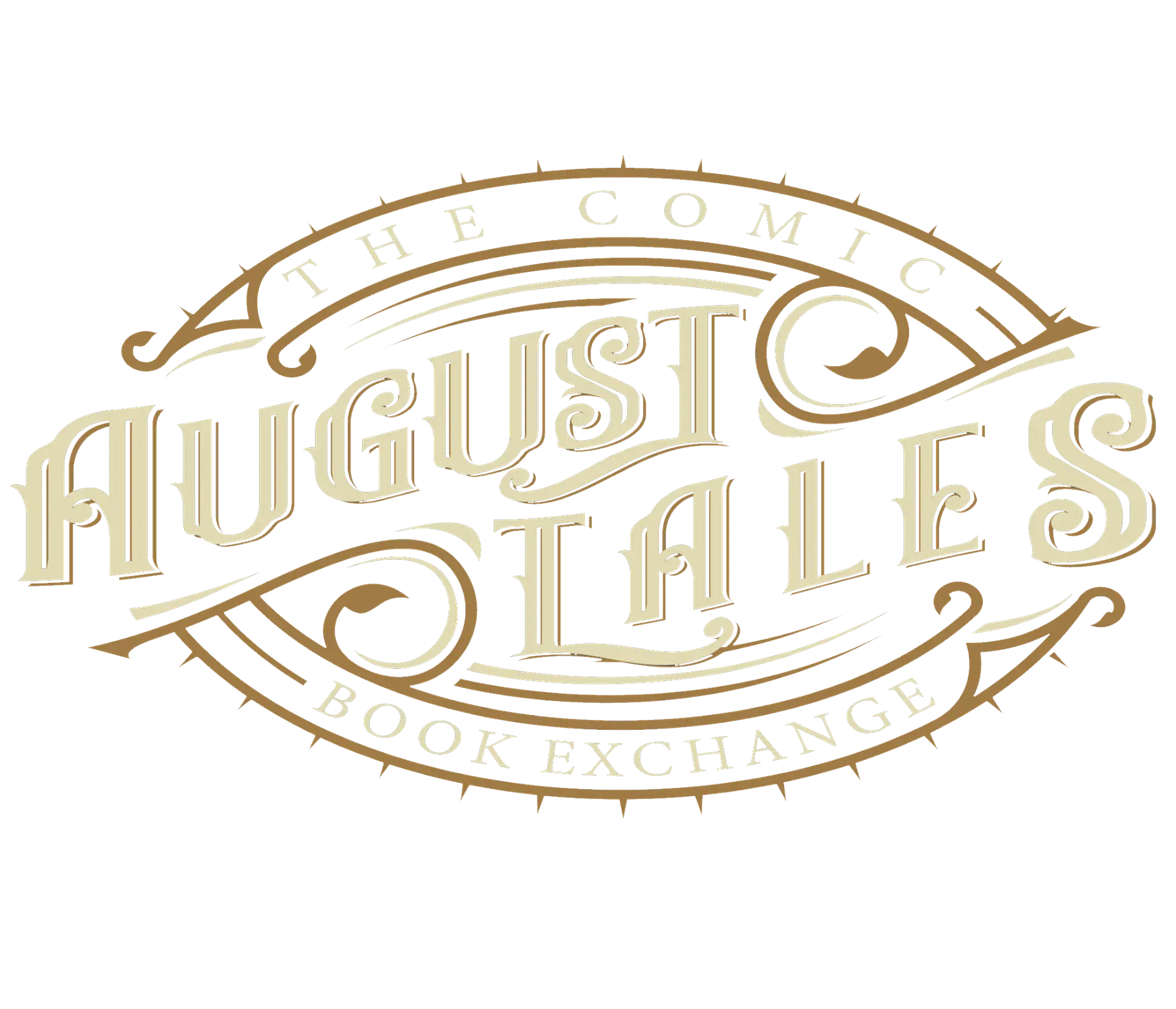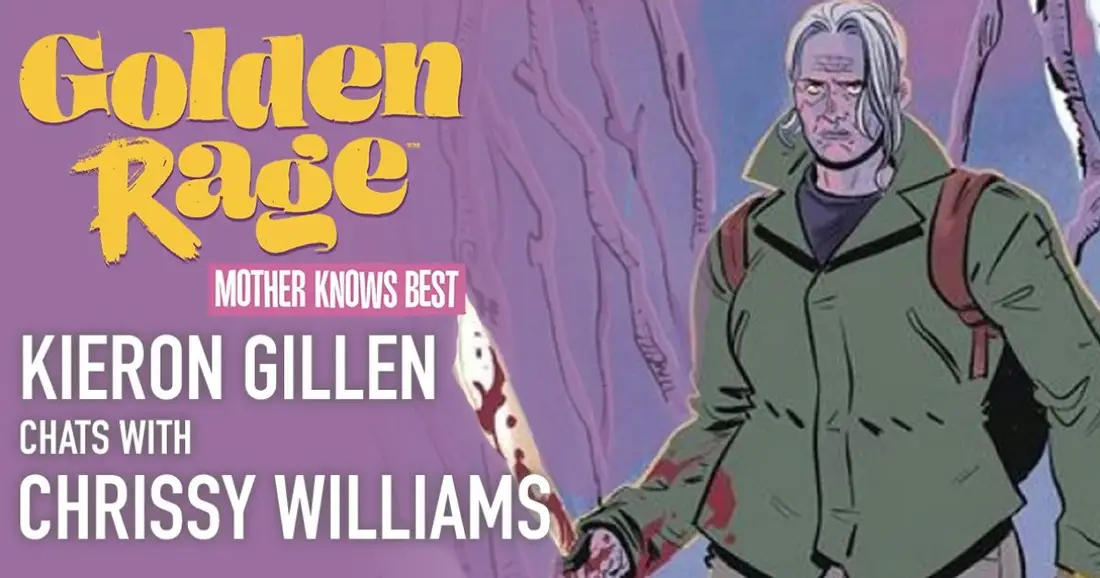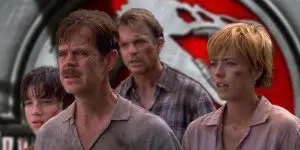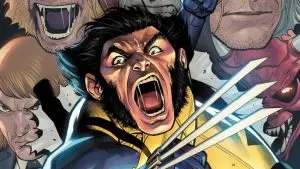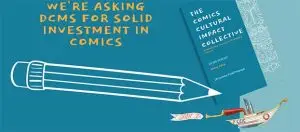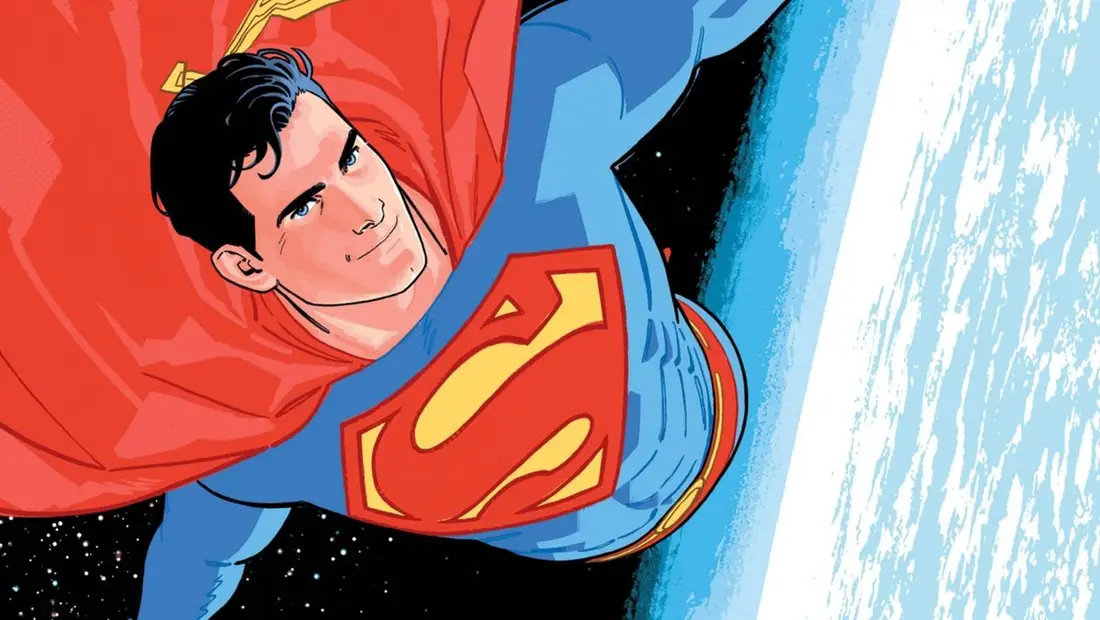There’s a storm brewing in Golden Rage, and it’s not just hot flashes. The breakout comic where post-menopausal women are exiled to a brutal island is back this April for a second series. While “Battle Royale meets The Golden Girls” might sell the concept, the book quickly swerves into stranger, smarter territory.
Rather than settling for pulp violence and punchlines, the creative team leans into character, nuance, and emotional honesty. The series continues right where it left off, with its cast of weathered warriors awaiting a mainland invasion. However, the story pivots. It dives into unfamiliar territory, choosing complexity over comfort and subtle tension over spectacle.
Shared Humanity Beneath the Bloodshed
Although the premise invites chaos, Golden Rage finds strength in its quieter moments. Yes, axes are wielded. But so are teacups, side-eyes, and whispered confessions. These women, long dismissed by society, form bonds forged in both blood and banter.
The creative team clearly loves this cast. That affection shines through in every sharp exchange and solemn silence. While other books might glorify the violence, this one contextualizes it. “Come for the grandma-on-grandma action,” the writer jokes, “stay for the seven-page clowning sequence that explores infertility and pregnancy loss.”
That balance—between absurdity and emotional weight—is what makes Golden Rage essential reading. It doesn’t just shock or entertain; it reflects. In this second arc, the narrative zooms out. Having established a fragile community in the first volume, the new chapters ask deeper questions. What sustains solidarity? What fractures it? Internal politics, physical hardship, grief—each thread unravels part of the answer.
Additionally, the decision to set this arc in winter wasn’t just aesthetic. As the writer notes, “Blood on snow looks awesome.” But more importantly, it heightens the contrast between warmth and isolation, love and loss.
From Poetry to Panels: A Creator’s Voice
Beyond comics, the series’ writer is also an award-winning poet and co-creator of the acclaimed Introduction to Charts. That poetic background influences everything. Instead of chasing conventional action beats, the story embraces language and rhythm. It uses genre as a frame, not a cage.
In their poetry comics, the “character” is often just a voice. The artist chooses whether to visualize that voice or let it linger in ambiguity. That experience informs how the writer approaches traditional narratives. “I’m not interested in reenacting action tropes unless I’m subverting them,” they explain. Humor becomes a survival tool, grief a storytelling engine.
The collaborative process is instinctual. Texts are sent without rigid formatting. The artist blocks pages, composes roughs, and returns them for feedback. Together, they tweak pacing and tone, refining each beat. According to the writer, “The poem isn’t a blueprint. It’s a springboard.”
This open-ended approach fuels innovation. It’s why Introduction to Charts won a Selkie Award for “Best Narrative.” Readers are increasingly drawn to unconventional storytelling, and this team delivers it with confidence.
Unlearning the Narrative
When asked about their creative focus on women, the response is candid. “I never used to like women,” the writer admits. “I grew up with all the internalised misogyny the eighties and nineties could throw at me.”
Over time, that perspective changed. Favorite music, favorite books—all of it pointed to women as the emotional core. The masculine irony of the ‘90s began to feel hollow. Eventually, the answer became clear: write what matters. And what mattered was honoring voices long sidelined—especially older women.
That passion permeates Golden Rage. These aren’t token grannies or genre novelties. They’re complex, hilarious, furious, and deeply human. The story celebrates their resilience while acknowledging their pain. It lets them be angry, joyful, broken, and whole.
And yes, it also lets them drink tea.
Because in a world obsessed with youth and speed, Golden Rage dares to slow down and say: Not only are we still here—we’re not done yet.
Read this article and more at August Tales Comics. Your go-to site for comic book news and trade paperback exchanges! Trade. Read. Repeat.
Image credit: Image Comics
